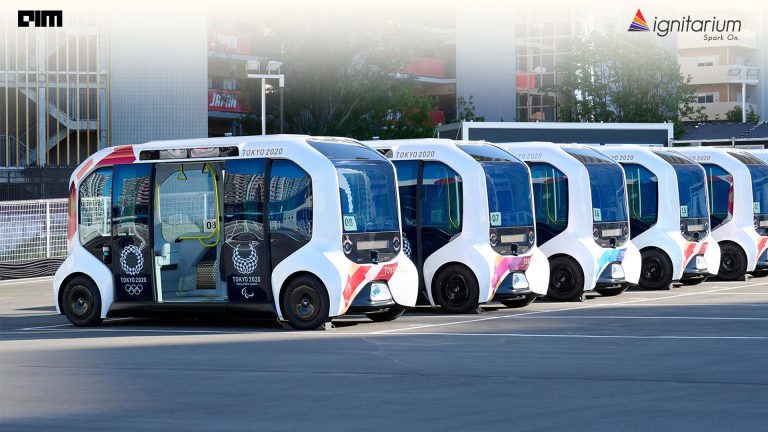
While drones and self-driving cars have been making the headlines, Japan has reportedly have cracked the code of making flying cars. Though the car was caged and only hovered for about a minute in the air, it was a successful attempt to make the vehicle fly. In an experiment right out of the sci-fi movies, this has been accomplished by Japan’s NEC Corp. While it is a small development directing towards bigger accomplishments, there is also a debate on whether it really is a flying “car” or just a bigger version of a drone.
What Can The Flying Car Accomplish?
The prototype which was unveiled by Japan’s NEC Corp had four propellers that could smoothly hover for about a minute. It was powered by a battery and could rise to about the height of 3 meters or 10 feet above the ground before setting down again. While the prototype that Japanese electronics maker demonstrated was flown without passengers in it, the company claims that it is capable of doing so in the future.
The Japanese government has been trying to push its autonomous vehicle strategies where it is promoting self-driving cars to run on public roads. It even updated its traffic law to set new standards for driver conduct and vehicle safety. It is ambitious about having automobiles that can handle o have automobiles that can handle, i.e. the level 3 autonomous vehicles on the roads by 2020.
It had also announced the companies to build electric or hybrid electric vehicles with driverless capabilities which can take off and land vertically, a feature commonly known as Vertical take-off and landing or VTOL. An example of this was imagined in a noted Netflix series Altered Carbon.

Air Mobility
The work on flying cars began with the idea to make deliveries on unmanned flights possible and start commercialising flying vehicles by 2023. The end goal is to make Japan a world leader in flying cars especially after it missed out on advancements in technology such as electric cars and ride-hailing services.
“Japan is a densely populated country and that means flying cars could greatly alleviate the burden on road traffic,” said Kouji Okada, a leader of the project at NEC. “We are positioning ourselves as an enabler for air mobility, providing location data and building communications infrastructure for flying cars.”
Though the end goal is to have flying cars in the country, the Japanese corporation, NEC isn’t planning to mass-produce the flying car.
There has been a drastic increase in small and passionate flying car community in Japan that has been accomplished because of the engineering expertise and the right environment that the country provides. They also boast of Drone Fund, a specialised fund that inflows funds for development in autonomous aircraft and flying car space.
This prototype by NEC Corp. was developed in partnership with Cartivator who spent around a year developing the model which resulted in a 3.9 meters long, 3.7 meters wide, 1.3 meters tall, and 150 kilograms flying car prototype. They aim to mass-produce the transportation machine by 2026.
Other Countries Working On Flying Cars
Interestingly, Japan is not the only country that is working on realising their dreams of flying cars. There are many companies across the globe who have shared similar intentions.
Kitty Hawk Corp: Founded by Larry Page, it is working on bringing flying cars to reality. With a world-class team of decades of expertise in commercial aviation, aerospace, automotive engineering, advanced manufacturing, flight test, industrial design, customer experience, and regulatory compliance, they are designing, resting and building futuristic vehicles.
Uber Technologies: The Uber Elevate team is working towards transforming the world through aerial ridesharing to overcome the congested ground traffic. It is aiming for air transportation by 2023 between suburbs and cities by bringing vertical takeoff and landing aircraft to reality.
Boeing: It was reported that Boeing has completed the first pilotless test flight of its electric autonomous passenger plane at an airport in Manassas, Virginia. The 30-foot-long plane took off vertically and hovered for less than a minute. The purpose was to test its autonomous functions and ground control systems.
Airbus: Airbus had also conducted the first successful test flight of its Vahana electric vertical take-off and landing (eVTOL) aircraft. It hovered for 53 seconds above the ground before landing.
Dubai hoverbikes: Dubai Police had announced to their intentions to use hoverbikes or the flying motorbikes which are in line with sci-fi developments that the Dubai government is looking forward to adopting. They plan to use it in emergency situations, given how quickly their batteries can drain. The city has also been testing robotic flying taxis with the hopes that at least 25% of all travel in the city will be automated by 2030.


















































































